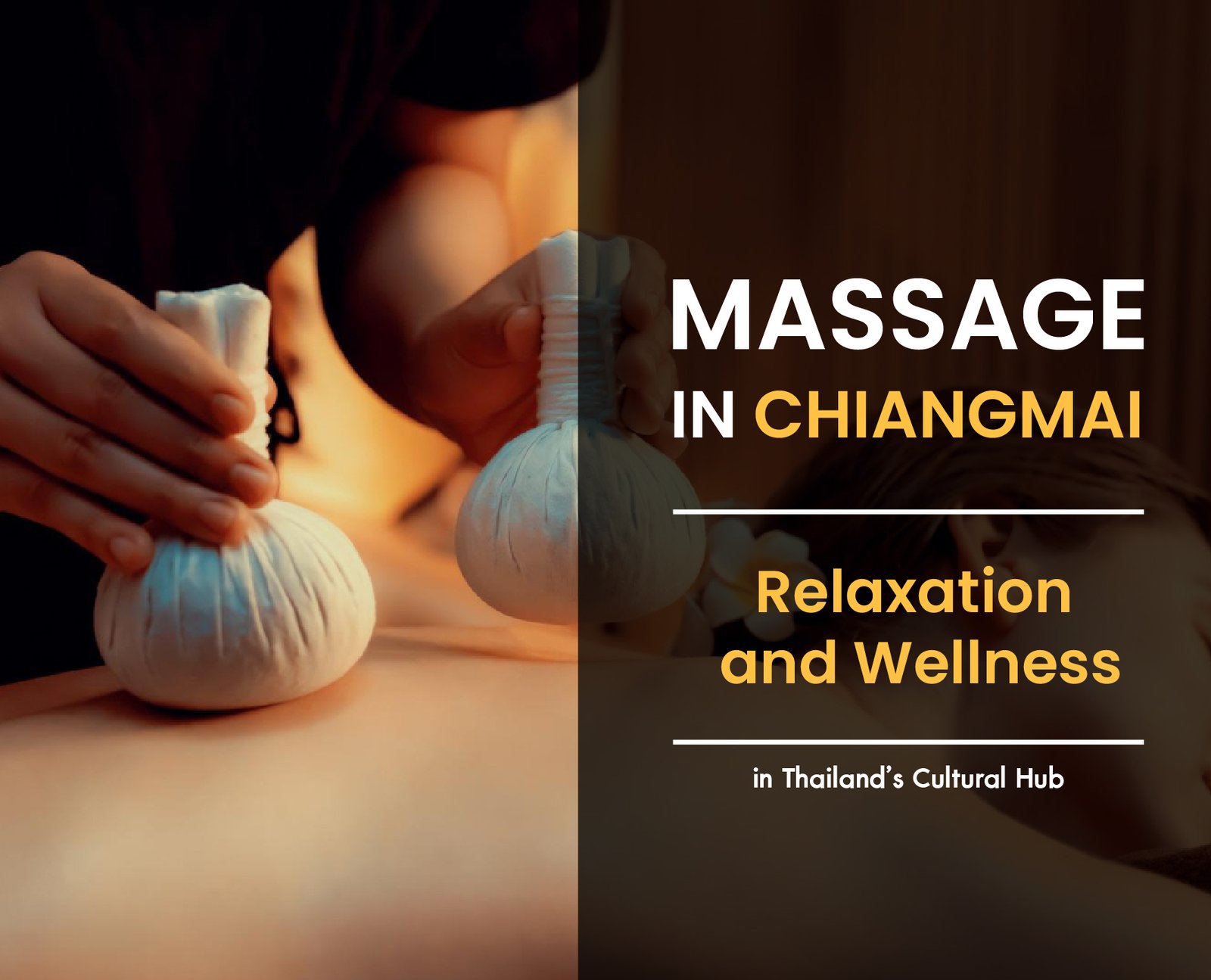Foot massage is a therapeutic practice that has been around for centuries, forming an essential part of traditional medicine in many cultures worldwide, including China, India, and Egypt. Beyond providing relaxation, massage offers numerous health benefits.
It is considered an effective treatment method that delivers quick results, especially when the correct techniques are applied. In this article, we will explore the advantages of foot massage and the various techniques that can help alleviate different conditions efficiently.
Principles and Benefits of Foot Massage
Foot massage is based on the principles of Reflexology, which involves applying pressure to specific reflex points on the feet that correspond to various organs and systems in the body. This practice is founded on the belief that different points on the soles of the feet are connected to internal organs such as the heart, liver, kidneys, and brain. By stimulating these points with appropriate pressure, blood circulation and energy flow within the body can be improved, promoting faster self-healing and overall well-being.
Benefits of Foot Massage
Foot massage offers several physical and mental benefits, including:
- Stimulating Blood Circulation: Massage helps improve blood flow to various organs, increasing oxygen and essential nutrients for the body.
- Relieving Pain and Fatigue: It helps alleviate muscle pain, especially for those who stand or walk for long periods.
- Boosting the Immune System: Reflexology can stimulate the immune system, helping the body better defend against illnesses.
- Reducing Stress and Insomnia: Massage promotes relaxation of both the body and mind, lowers stress hormone levels, and improves sleep quality.
- Enhancing Digestive Function: Foot massage can help balance the digestive system and relieve constipation.
Effective Foot Massage Techniques for Quick Results
Foot massage is an excellent method for relieving fatigue, reducing stress, and stimulating blood circulation effectively. When done correctly, it can yielช quick and noticeable results. Some of the most popular massage techniques include:
Reflexology (Pressure Point Therapy)
Reflexology is a technique that applies pressure to specific points on the soles of the feet, which are connected to various internal organs. Stimulating these points can help alleviate certain ailments. Here are some key pressure points:
- Pressing the center of the sole: Helps support heart and lung function.
- Pressing the heel: Relieves back pain and supports the digestive system.
- Pressing the toes: Stimulates the brain and helps relieve headaches.
- Pressing the outer edge of the foot: Helps reduce tension in the upper body muscles.
Kneading Massage
The kneading massage is a technique that involves using the palms or thumbs to apply circular motions along the soles of the feet, focusing on areas with the most tension. This method helps relax the muscles, reduce stiffness and pain, and improve blood circulation, making the feet feel lighter and more comfortable.
Steps for Kneading Massage:
- Gently press the sole with the thumbs, then move in circular motions.
- Start from the toes and work your way down to the heel.
- Apply moderate pressure, avoiding excessive force.
- Repeat the process for about 5-10 minutes.
The Use of Oils or Essential Oils
Using oils helps enhance the smoothness of massage movements, allowing hands to glide more effortlessly while also promoting relaxation. Commonly used oils include
- Coconut Oil: Helps nourish the skin, reduces dryness, and has a mild, soothing fragrance.
- Olive Oil: Rich in antioxidants, it nourishes the skin and helps reduce muscle inflammation.
- Lavender Essential Oil: Known for its relaxing properties, it helps relieve stress and promotes better sleep.
- Eucalyptus Oil: Provides a cooling sensation, helps alleviate muscle soreness, and reduces foot swelling.
Massage with Wooden or Stone Rollers
Using wooden or stone rollers enhances the effectiveness of massage. These tools help reduce fatigue, stimulate blood circulation, and relax foot muscles. They are ideal for those who want a convenient way to massage their feet at home.
Benefits of Using Rollers:
- Reduce strain on hands, preventing hand fatigue
- Can be used daily without requiring massage expertise
- Provide deeper massage and better access to reflex points
Recommended Duration for Foot Massage
Regular foot massage helps the body recover faster, reduces tension, and improves overall health. To achieve the best results, it is important to follow the recommended duration.
Optimal Massage Duration:
- 10-15 minutes per day: For general relaxation.
- 20-30 minutes per day: For those experiencing foot pain or severe fatigue.
- 3-4 times per week: To maintain foot health and reduce chronic pain.
Precautions for Foot Massage
Although foot massage offers numerous benefits, such as stimulating blood circulation, relaxing muscles, and relieving fatigue, there are important precautions to consider to prevent potential adverse effects from improper massage techniques.
- Individuals with Diabetes: Diabetic patients often have circulation issues and reduced nerve sensitivity in their feet, which may prevent them from feeling pain from minor injuries.
- Pregnant Women: It is advisable to consult a doctor before getting a massage, as certain pressure points on the feet, especially around the ankles and reflex points linked to the uterus, may stimulate uterine contractions and increase the risk of preterm labor.
- Individuals with Bleeding Disorders or Those on Blood Thinners: Intense massage may cause bruising or subcutaneous bleeding. It is recommended to avoid excessive pressure and opt for gentler massage techniques.
- Individuals with High Blood Pressure or Heart Disease: While massage can help improve circulation, in some cases, it may cause sudden changes in blood pressure.
Before receiving a massage, you should inform the therapist about your health conditions to prevent any risks. If you experience any unusual symptoms during the massage, such as dizziness, nausea, or severe pain, you should stop the session immediately. It is also recommended to drink water after the massage to help the body eliminate toxins and reduce muscle soreness.
Conclusion
Foot massage is one of the most effective therapeutic methods that provides rapid health benefits for both the body and mind. By stimulating reflex points connected to internal organs, the body can recover efficiently. Additionally, it helps reduce stress, alleviate pain, and boost the immune system, making it a great natural healthcare option.
If you’re looking for a quick way to relax and rejuvenate your health, foot massage is an option you shouldn’t overlook. Start taking care of yourself today, and you’ll be amazed at how massage can significantly improve your quality of life!






